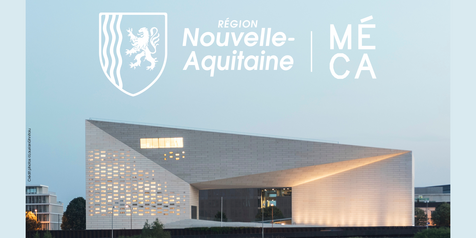Nouvelle-Aquitaine a stronger and more attractive region
At the crossroads of the Paris Basin and the Iberian Peninsula, the redesigned territory has become the largest region of France with 84,100 km2, as well as France’s 3rd most populated with 6 million inhabitants.
Coastline, transport, tourism, education, natural heritage, cutting-edge businesses... New Aquitaine has no shortage of assets. It is accessible by road, by air with its 11 airports, by rail with its many TER lines and the LGV high-speed train line that links Bordeaux to Paris in 2 hours 08 minutes and Poitiers to Paris in 1 hour 23 minutes.
AN EXCEPTIONAL HERITAGE FOR THIS BIG REGION
Among its many resources, the Region shines thanks to its industrial complementarities (aeronautics, laser industry, animated film and video games, leather and luxury trades, ecoindustries, agro-food, health...), its 720 kilometers of coast, its tremendous cultural heritage, its many UNESCO World Heritage sites or its remarkable natural sites.
- France’s 3rd economic region, the Nouvelle-Aquitaine Region is characterised by its investment in innovation and research, which places it at the top of the French regions. Nouvelle-Aquitaine is also the 5th French region in terms of business creation.
- Number 1 region (outside the Ile-de-France Region) for investments in terms of research and innovation.
- An exceptional territory in terms of linguistic diversity with languages as Basque, Occitan and Poitevin Saintongeais. Historically, the Region bears the indirect heritage of medieval Aquitaine, and extends over a large part of the former duchy of Eleanor of Aquitaine.
- Territory with a strong rural character, it is the leading agricultural region in Europe in terms of turnover, but also the leading French region in terms of tourism-related jobs.
- With 25 major urban areas including Bordeaux and its hinterland, Angoulême, Bayonne, Limoges, Poitiers, Pau, and La Rochelle, the new Region enjoys a strong demographic attractiveness.
UNEQUALLED QUALITY OF LIFE AND ART OF LIVING
In Nouvelle-Aquitaine, the assets are numerous and the most difficult part for you will be to choose: sea, mountains, countryside, cities, gastronomy and wines, sports, culture... in Nouvelle-Aquitaine, everyone can find happiness.
Discover the institutional film of the region
Click here to discover a video presentation of the Region Nouvelle-Aquitaine.

